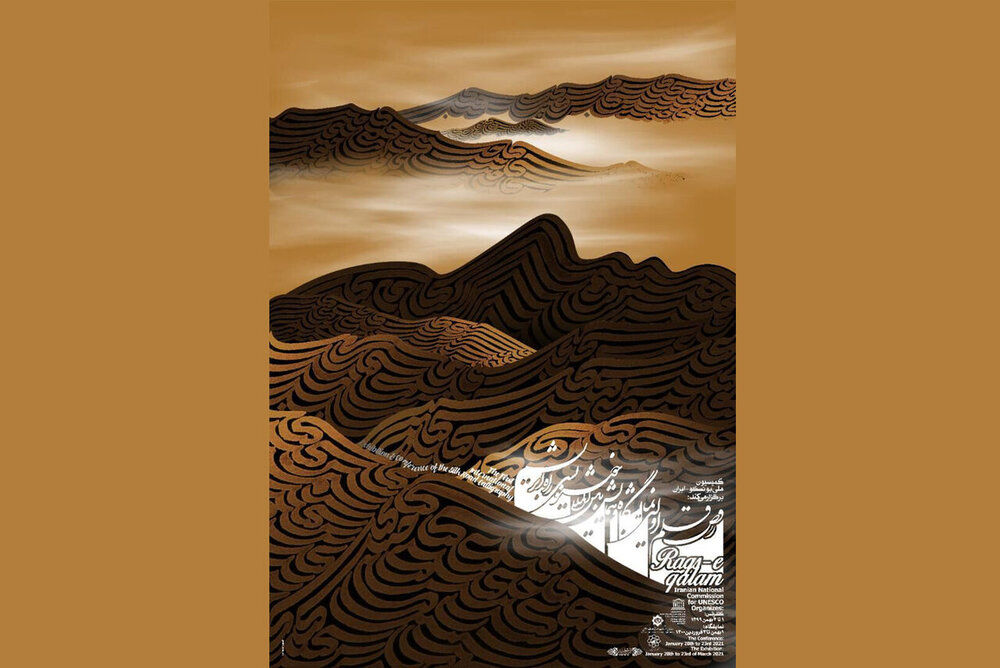Mashhad to host intl. calligraphy exhibition on Silk Road

TEHRAN –(Iranart)- Prominent calligraphers from different countries will be displaying their artworks in a virtual exhibition and conference on the Silk Road, which will be held during January 2021 in the northeastern Iranian city of Mashhad.
The First Raqs-e Qalam International Exhibition and Conference of the Silk Road Calligraphy will be organized by the Iranian National Commission for UNESCO from January 20 to 23.
In a press release published on Sunday, Iranian National Commission for UNESCO director Hojjatollah Ayyubi said, “Iran is the cradle of exalted arts especially those related to books.”
He noted that the idea that the Silk Road not only was a commercial route, but also a road to exchange thoughts, was discussed during a cultural exhibition in Hamedan in September 2019 at the 6th meeting of the Coordinating Committee on the Serial Transnational World Heritage Nomination of the Silk Road.
The conference and exhibition will be held online due to the coronavirus pandemic.
“What art is more precious than the art of calligraphy, which is our Iranian identity and is respected by the Iranian nation and the world,” he added.
“We have received a great number of submissions from different artists from different countries with different cultures and civilizations,” Ayyubi said.
He added that the walls across the city of Mashhad, as well as several historical monuments in Tehran and several other cities will be displaying a selection of works through video mapping, a system to use light and movement as mediums and buildings or other surfaces as a canvas for some huge, attention-grabbing statements.
The event will be organized in collaboration with the Iran Calligraphers Association.
The ancient Silk Road has existed for thousands of years, passing through many different empires, kingdoms, reigns and societies throughout history. At certain times in its long history, traders could travel freely along these routes, whereas at others, travel was difficult or dangerous.
According to UNESCO, the Silk Road enriched the countries it passed through, transporting cultures, religions, languages and, of course, material goods to societies across Europe, Asia and Africa, and uniting them all with a common thread of cultural heritage and plural identities.
There are over 40 countries today along the historic land and maritime Silk Roads, all still bearing witness to the impact of these routes in their culture, traditions and customs.
These vast networks carried more than just merchandise and precious commodities, however. The constant movement and mixing of populations also brought about the transmission of knowledge, ideas, cultures and beliefs, which had a profound impact on the history and civilizations of the Eurasian peoples.
Travelers along the Silk Roads were attracted not only by trade but also by the intellectual and cultural exchange that was taking place in cities along the Silk Roads, many of which developed into hubs of culture and learning. Science, arts and literature, as well as crafts and technologies, were thus shared and disseminated into societies along the lengths of these routes, and in this way, languages, religions and cultures developed and influenced each other.
source: Tehran Times

